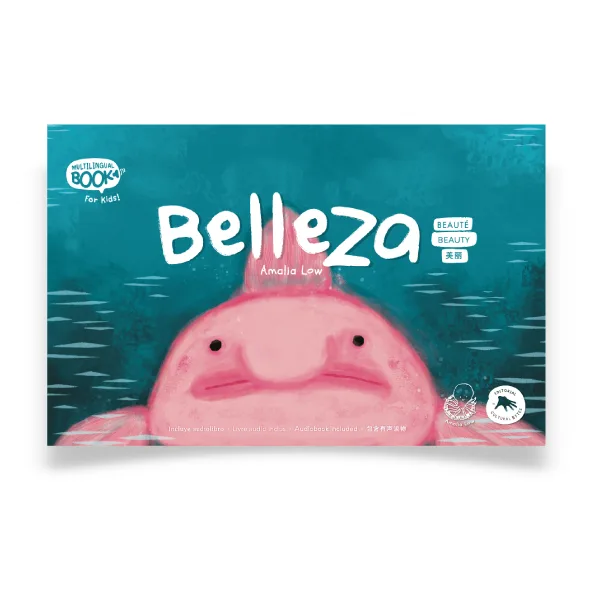
“Hello, thanks for coming! This talk is entitled ‘10 things an adult needs in order to learn a second language’ and we’ll try to cover these ten things in ten minutes. So we begin.
Laura Patsko, Senior ELT Research Manager at Cambridge University, is someone I’d want to introduce you to. Okay, so we’ve never met, but I’m calling her my buddy since her remarkable knowledge and clear communication on the subject of language acquisition has greatly influenced me. Join me for one of her brief speeches, which I hope you’ll enjoy. I’ve summarized it. Here’s the original video:
1) Use and 2) Form are the first two elements on our list. The term “usage” refers to how and when language structures are employed. For example, depending on how and where the term “mouse” is used, it may indicate multiple things. A “mouse” can be a little, hairy mammal or a computer mouse that sits next to a computer. The way the word is conveyed linguistically is referred to as its form. The term “mousetrap,” for example, is a compound noun made up of two nouns and spoken in two syllables, with the accent on the first syllable. Its spelling is known, as is the fact that it has a normal plural form.
The remaining things on this list, after the ‘what,’ are the ‘how’ to learn. 3) Motivation and 4)Opportunity are inextricably linked. Let me pose a trick question to you: Do chances to use the language pique the learner’s interest, or does the learner’s desire to practice pique the learner’s interest in finding opportunities? Both are necessary to learn another language, according to the answer. 5)Goals is number five on our list. The study’s focus should be relevant to the learner’s real-life demands, whether they are urgent or long-term, and the learner should think about setting precise and realistic goals. Goals inevitably lead to action. 6) Feedback. In order to keep on track with their goals, students should seek feedback from a teacher, mentor, or classmates. Repetition is number seven. For the words to stick, the learner must have repeated exposure and production in many circumstances. Memory comes naturally after repetition. When we remember something well, we have a better probability of recalling it again in the future.
The final two points are related to our perceptual attitude. Number 9) Notice demonstrates that mere exposure to a language is insufficient. Learners must be aware of what they are being exposed to. They must also “notice the gap” between their knowledge and that of competent users. Finally, number 10) is ambiguity tolerance, which is described as a person’s ability to feel at ease in circumstances or stimuli that lack enough queues to be clearly classified or organized. We should not be limited by our expectations, but rather by what we discover.
In conclusion:
To summarize, an adult needs to have knowledge of use, knowledge of form, motivation, opportunity, objectives, feedback, repetition, memory, active noticing, and tolerance of ambiguity in order to acquire a second language. Remember that learning, rather than any one approach or technique, should be at the center of all you do. Thank you kindly.”
Original Video: "10 Things an adult needs in order to learn a second language"
Wich language classes are you looking for?
If you want to learn a language, click here!
Belleza
$18.00 – $20.00Price range: $18.00 through $20.00Select options This product has multiple variants. The options may be chosen on the product pageLibertad
$18.00 – $20.00Price range: $18.00 through $20.00Select options This product has multiple variants. The options may be chosen on the product page









